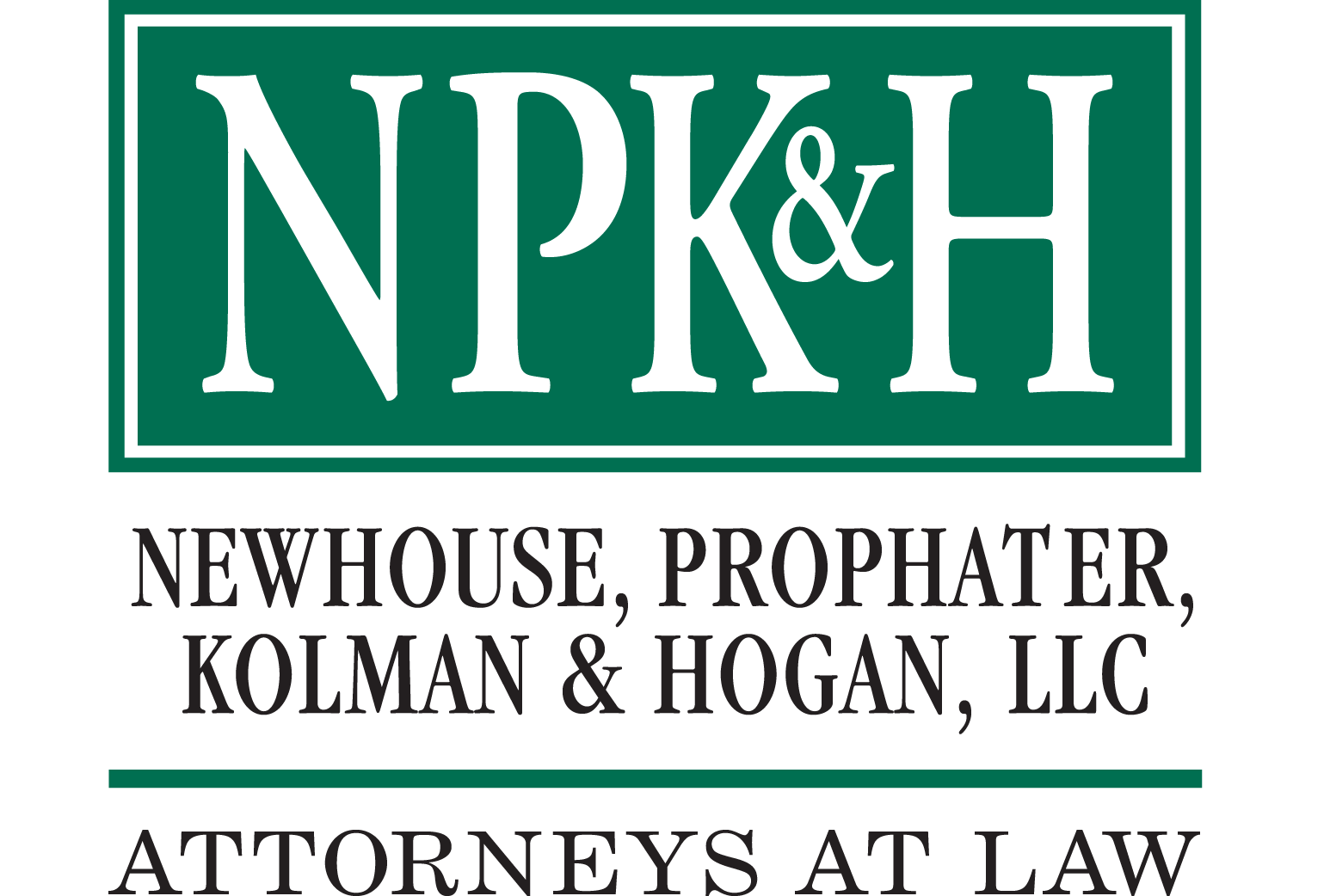Articles
HIPAA ISSUES FOR EMPLOYERS
by:
D. Wesley Newhouse
Newhouse, Prophater, Kolman & Hogan, LLC
Tel: (614) 255-5441
I. PROTECTED HEALTH INFORMATION.
A. Protected Health Information (PHI).
Any information about past, present or future mental or physical health.
- The information must be kept by a covered entity.
- It must be accompanied by identifying information, such as a name
or a Social Security number.- It can be oral, handwritten or entered into a computer.
B. Minimum necessary rule.
A health care provider must provide only the minimum information
necessary to a person who has a permissible need to know, like
billing services, insurance companies and the like.
- It is left to the health care provider to decide what is minimally
necessary.- This restriction does not apply to the provision of
information for treatment purposes
II. COVERED ENTITIES.
A. Health care providers.
Almost anyone in the business of providing health care who is
licensed or regulated by a state is covered by the act. This includes doctors,
hospitals, nurses, dentists, pharmacists, counselors and laboratories.B. Health plans.
This includes anyone who pays for medical care, such as insurers,
HMO’s, employer-sponsored health plans, Medicare and Medicaid.C. Health care clearinghouses.
These are billing services, third-party administrators, insurance
agents, and others who collect and process health and health-related information.D. Hybrid entities.
These include employers. They are organizations which provide health
care services as part of their business. Examples include employers
with self-insured health benefit programs or workplace medical clinics.
The portion of the business must comply with HIPAA requirements for the
handling of PHI.
III. EMPLOYER CONFIDENTIALITY OBLIGATIONS UNDER HIPAA.
A. Hybrid entity employers.
- See preceding discussion regarding coverage.
- Hybrid employers must build “firewalls” between covered portions
of the business and those that are not covered, in order to prevent
the inadvertent disclosure of PHI.
- Password protect databases at the least, and consider
keeping entirely separate computer systems and databases. - Physically separate covered and non-covered employees
and files. - Avoid having employees in the covered area also have
responsibilities in non-covered areas
B. Employer access to and use of PHI from covered entities.
- Covered entities can provide the following to an employer:
a. Whether an employee is enrolled in a health care plan.
b. Summary information, such as the number of enrollees,
premiums paid, number of claims made, and total costs paid. - If a covered entity provides an employer with more information,
the employer must adopt and adhere to rules that are essentially
the same as those applicable to covered entities.
IV. COMMON LAW PRIVACY
OBLIGATIONS.
A. Common law origin.
Unlike some states, Ohio has no statute defining general privacy
rights. These rights are a function of court decisions, and are therefore
a part of the common law.B. Reasonable expectation of privacy.
The right of privacy hinges on an employee’s reasonable expectation
of privacy, which can arise from several sources:
- Common expectations based on social values (don’t peek
into the shower stall).- Employer policies (“Our e-mail system is for the private
use of our employees”).- Statutory and regulatory restrictions (HIPAA defines
medical information as protected, and restricts its
dissemination and use).C. Common law protection of medical information.
Long before there was HIPAA, Ohio courts recognized the duty
of an employer to maintain the confidentiality of medical information.D. Privileges.
A privilege is a common law right of an employer to disclose
private information, even without the employee’s consent.
- Provision of information to a medical provider.
- Provision of information to a health plan.
- Reporting of medical information to the Bureau of Worker’s
Compensation Recording occupational injury and illness information
on OSHA prescribed forms, and making those forms to parties with a right
of access under OSHA laws and regulations.- Use of medical information in defense of an employee’s claim of
bodily injury.
V. PRACTICAL CONSIDERATIONS FOR THE PROTECTION OF PHI.
A. Obtain authorizations.
When in doubt, obtain written authorization from the employee
for disclosure of information. While there are circumstances when
this is not necessary, it is best to err on the side of caution.B. Segregate information.
Medical information should go into a separate folder, and the
folder should be a distinctive color (red is good). Look the files up.
Restrict who can have access.C. Written “need to know” forms.
When someone wants to access a medical file, have them complete
a standard request form, indicating their intended use for the
information, and why they are permitted to see the information. Consider requiring
employee authorizations.D. Policy.
Write and disseminate a policy governing privacy of medical information.
